A story of love, adventure, and a passion for nature that culminated in the protection of a Tasmanian wilderness region for future generations to enjoy

This story was published in MiNDFOOD Magazine in August 2022. It is the story that was selected as a finalist in the Australian Society of Travel Writers Awards for Excellence 2023, in the ‘Best Australian Story over 1000 words’ category.
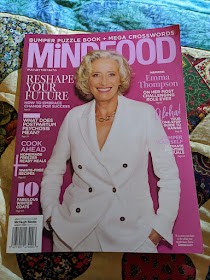
Given a few people have asked to read it, I have created this blog post because the story was only published in the Magazine (not online). And a PDF is hard to read.
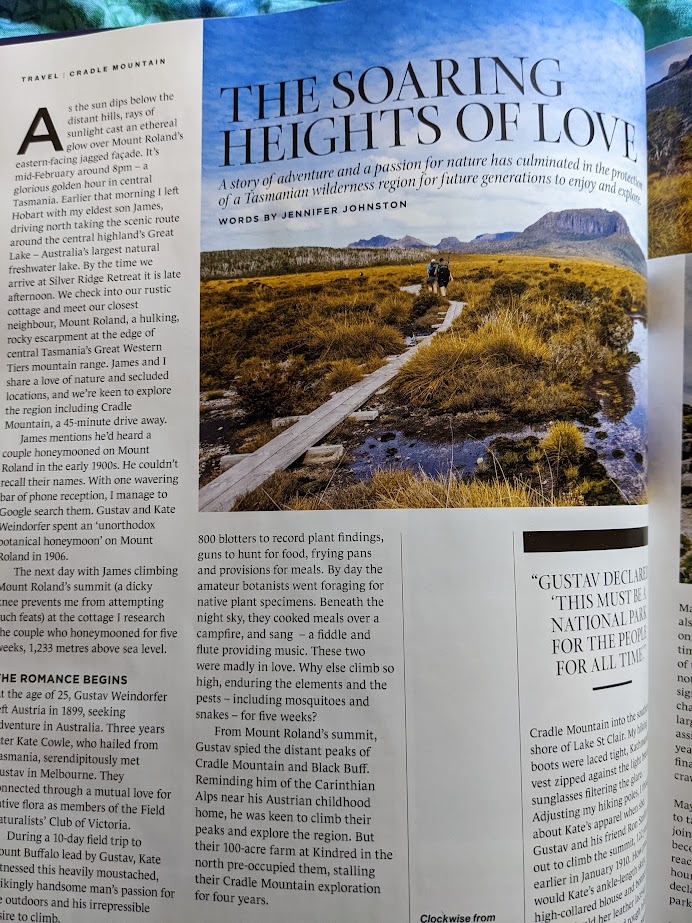
This is the pitch I sent to MiNDFOOD’s features editor, Donna Duggan:
Gustav Weindorfer and Kate Cowle met in Melbourne in the early 1900s and married in a small regional Tasmanian town in 1906. They honeymooned for five weeks on top of Mt Roland, a rugged escarpment in Tasmania’s Central West. From the summit of Mt Roland, Gustav spied the distant peaks of Cradle Mountain which reminded him of the Austrian Carinthian Alps near where he grew up. Together they explored the rugged wilderness of Cradle Mountain and fell in love with the area’s natural beauty, purchasing land then building a chalet to house guests. Their love for the area resulted in Cradle Mountain and the Lake St Clair region in Tasmania becoming a national park, and later a world heritage listed region. But sadly this came about many years after Kate tragically died at age 52.
Donna, I wondered if you would be interested in a story about how the Weindorfer’s love and their unconventional adventures means over 250,000 visitors to Cradle Mountain every year, like myself, can freely immerse in the restorative power of nature – just like Gustav and Kate did over 100 years ago.
Before my visit to Cradle Mountain in February 2022, I had not heard of the Weindorfers. I’m currently reading ‘Kindred – A Cradle Mountain Love Story’ by Kate Legge – a detailed account of the Weindorfers and the history of the region.
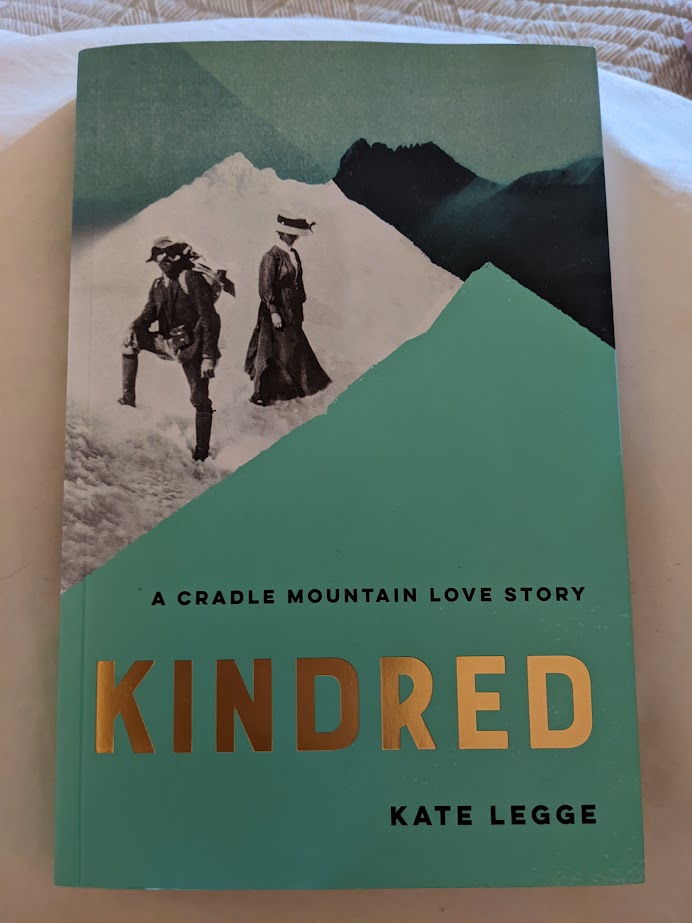
The soaring heights of love
As the sun dips below the distant hills, rays of sunlight cast an ethereal glow over Mount Roland’s eastern facing jagged facade. In mid-February golden hour in Tasmania is around 8.15pm. Earlier that morning my eldest son and I left Hobart, driving north taking the scenic route around the central highland’s Great Lake – Australia’s largest natural freshwater lake. It was late afternoon when we drove into Silver Ridge Resort and checked into our rustic cottage in the foothills of Mount Roland, a hulking, rocky escarpment at the northern edge of Tasmania’s Great Western Tiers Mountain range.
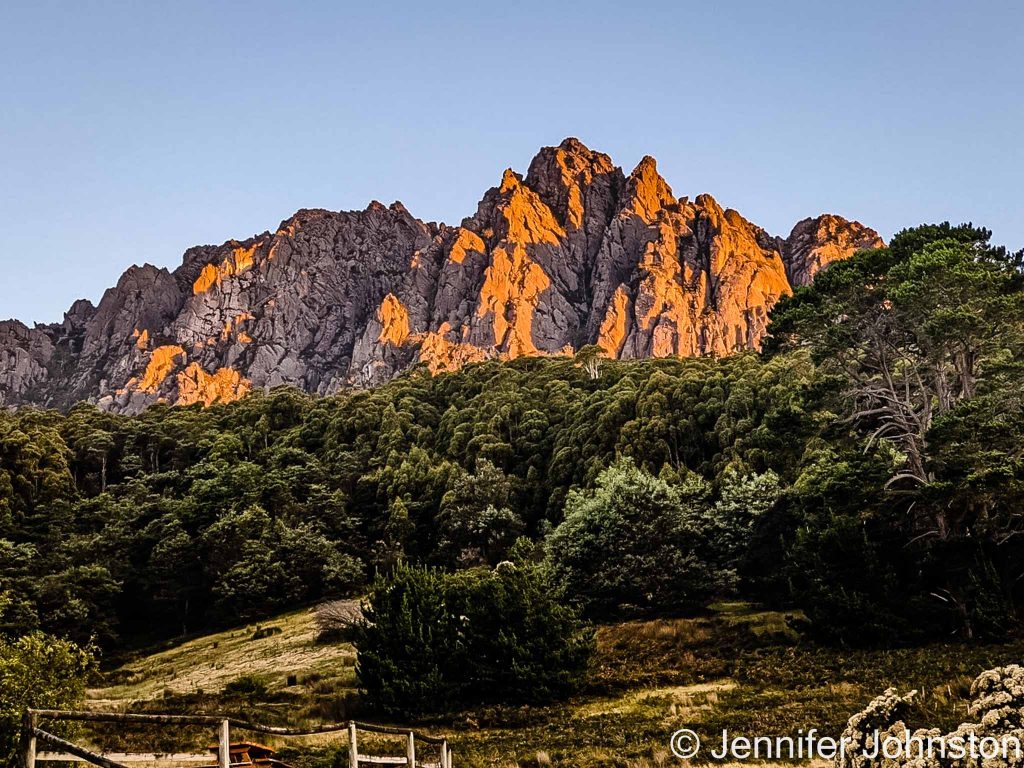
Sharing a love of nature and secluded locations, my son, James, and I are keen to explore the region including Cradle Mountain, a 45-minute drive away. James mentions he’d read about a couple who honeymooned on the top of Mount Roland in the early 1900s. He couldn’t recall their names. With one faltering bar of phone reception, I managed to Google search the mysterious couple: Gustav and Kate Weindorfer – they spent an ‘unorthodox botanical honeymoon’ on Mount Roland in 1906.
The next day while James climbed to Mount Roland’s summit (a dicky knee prevents me from attempting such feats) I stayed at the cottage and researched the couple whose six-week honeymoon was at 1233 metres above sea level.
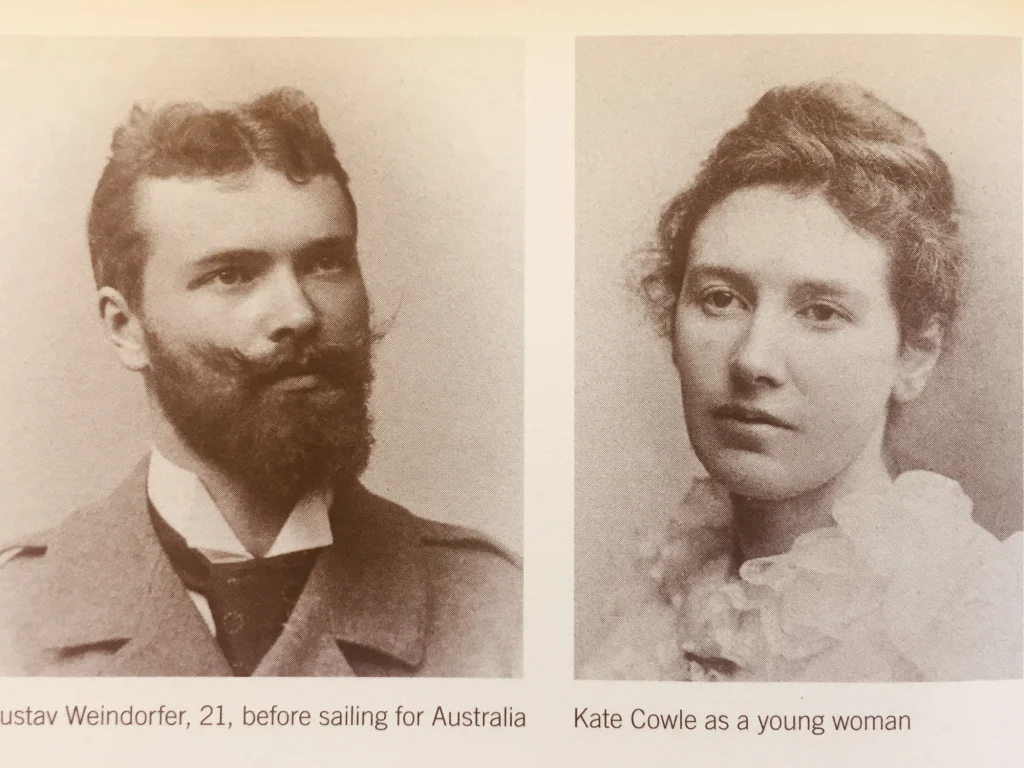
The romance begins
At the age of 25, Gustav Weindorfer left Austria in 1900, seeking adventure in Australia. Two years later Kate Cowle, who hailed from Tasmania, serendipitously met Gustav in Melbourne. As members of the Field Naturalists Club of Victoria, they connected through a mutual love for native flora. During a 10-day field trip to Mount Buffalo lead by Gustav, Kate witnessed this heavily moustached, strikingly handsome man’s passion for the outdoors and his irrepressible energy to climb.
Kate, at 39 had practically given up on finding love. With Gustav, 11 years her junior, sparks ignited over a shared passion for botany and the outdoors. The couple married in February 1906. For their high-altitude honeymoon, with help from a local farmer, they carried a few creature comforts and necessities to their mountain camp site: 800 blotters to record plant findings, guns to hunt for food, frying pans and provisions for meals including potatoes, jam, and hams. By day the amateur botanists, went foraging for native plant specimens. Beneath a shimmering night sky, they cooked meals over a campfire, they sang – a fiddle and flute providing music. These two were madly in love. Why else climb so high, then remain outdoors for five weeks sheltering inside a canvas tent enduring the elements and the pests – including mosquitoes and snakes?
From Mount Roland’s summit Gustav spied the distant peaks of Cradle Mountain and Black Buff. Reminding him of the Carinthian Alps near his Austrian childhood home, he was keen to explore the region and climb the peaks. But their 100-acre farm at Kindred in the north pre-occupied them, stalling their Cradle Mountain exploration adventure for four years.

I spy Cradle Mountain
On our second day exploring Cradle Mountain National Park James set his sights on the summit. I was content to see how far my knees would take me. From Ronny’s Creek Carpark we began walking along the boardwalk that marks the start of the infamous Overland track – a six-day 65-kilometre walk crossing from Cradle Mountain into the southern shore of Lake St Clair. My hiking boots were laced tight, Kathmandu vest zipped against the light breeze, tinted polaroid sunglasses lenses blocking the glare. Adjusting my hiking poles, I thought about Kate’s apparel when she, Gustav and his friend Ron Smith set out to climb to the summit, 122 years earlier in January 1910. How practical would Kate’s ankle length skirt, high collared bodice, and bonnet have been? Would her shoes have been supportive for rough hiking? There were no boardwalks covered in anti-slip chicken wire, signposts or marked trails through the moorlands. All they had was Gustav’s instinct for climbing.
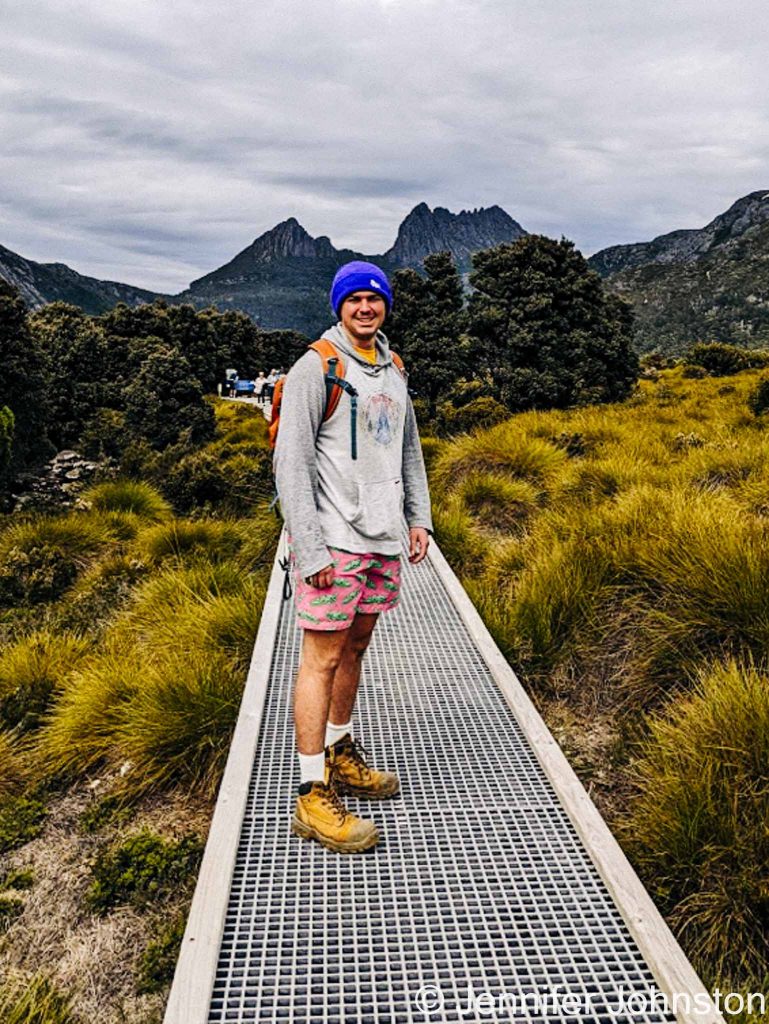
As the men neared the summit, they excitedly pushed ahead, leaving Kate to navigate alone across the final rock scramble. My effort to Marion’s Lookout at 1223 metres was also solo (James forged ahead intent on reaching the summit and down in time to catch the last shuttle bus out of the park.)
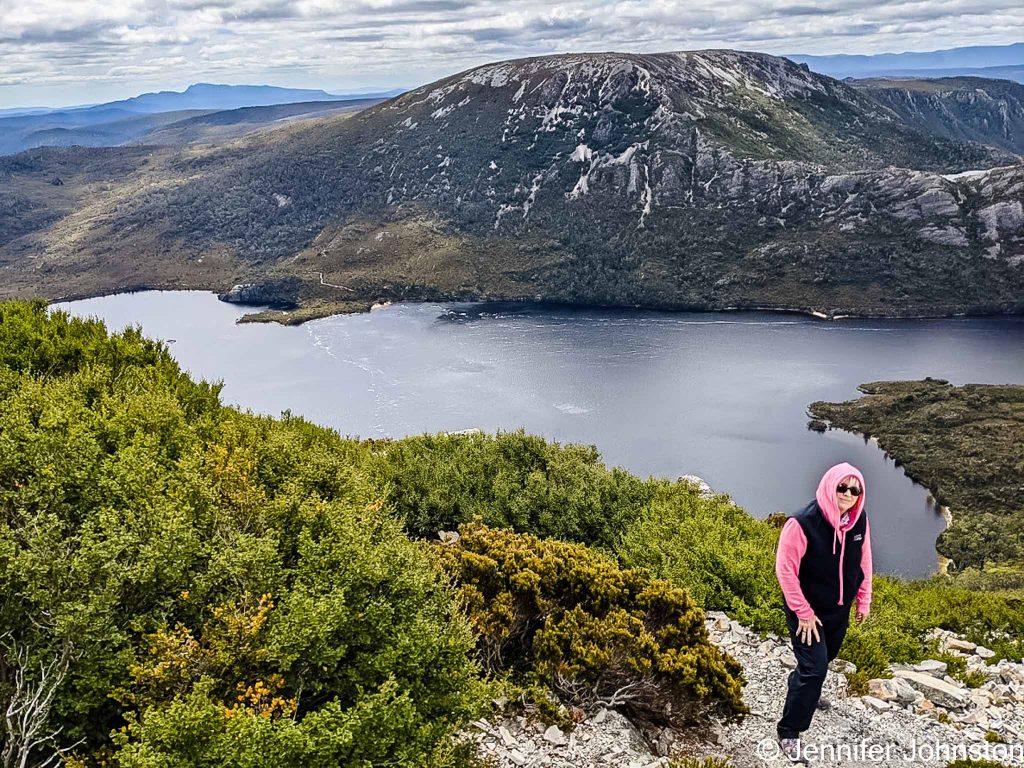
Clambering up a notoriously steep section, required significant effort. I clutched the chains provided by Parks and Wildlife to haul myself up and over large boulders. Kate had nothing to assist her ascent. James is a fit 23-year-old compared to Kate’s 49 years. He said the final section was challenging – crawling on all fours in places. But Kate was determined, safely climbing the final section (maybe hitching up her long skirt) she joined Gustav on the summit, becoming the first white woman to do so. During their three hours on the summit Gustav declared: “this must be a national park for the people for all time.”
Making a home in Cradle Valley
Kate and Gustav purchased 400 acres of Crown Land in Cradle Valley, their plan to build a rustic lodge from fallen native King Billy pines to accommodate bushwalkers. Waldheim (German translation: forest home) was completed in 1913, welcoming paying guests (the first tourists to Cradle Mountain) that December.
Sadly, three years later the Weindorfer love story came to an abrupt demise when Kate died (likely from cancer in April 1916) at age 52. She was buried at a cemetery near her childhood home in Devonport. Heartbroken, Gustav retreated to his beloved mountain home, becoming a recluse. He’d lost his soul mate and never remarried.
In May 1922, 64,000 hectares (158,000 acres) stretching from Cradle Mountain to Lake St Clair was declared a ‘State Reserve’ and a Wildlife Reserve in 1927 – the realisation of Kate and Gustav’s dream. On 5th May 1932 Gustav’s body was found at the bottom of a slope near his beloved chalet. He’d fallen from his Indian motorcycle and died from a suspected heart attack at age 58. Could it have been from a broken heart?
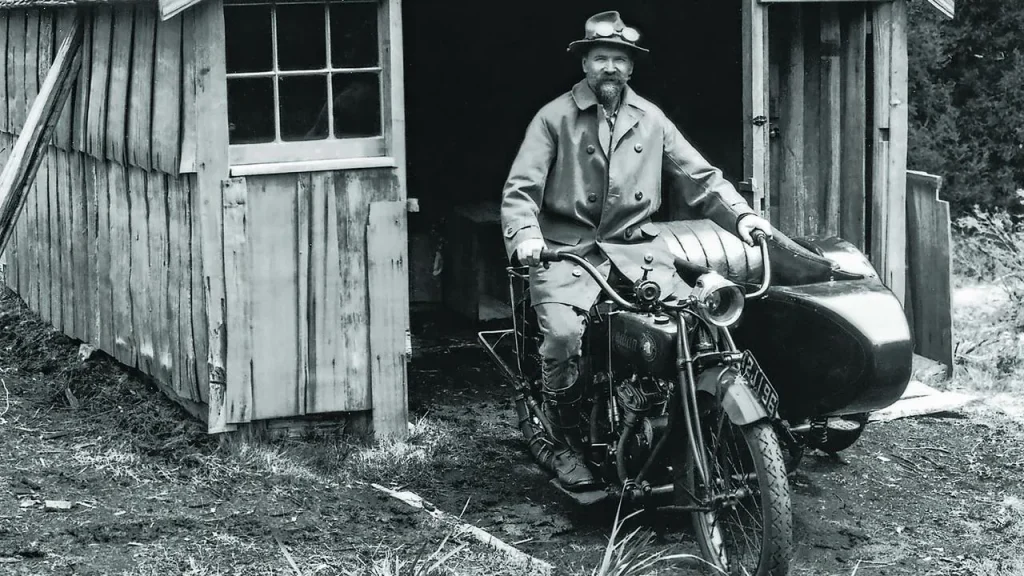
Gustav was buried in the grounds of Waldheim, a few years later a granite cairn was built over his grave. Each year, on May 5th a commemoration service is held near the rebuilt Waldheim house (the original chalet fell into disrepair and was demolished.) This year (2022) marks the 90th year since Gustav’s passing.
The Weindorfer’s legacy
Seated at our cottage’s outdoor table, watching the sunlight pepper Mount Roland’s craggy canvas with a kaleidoscope of colours, I think about the Weindorfer’s honeymoon location. How romantic it was – in a quirky and special way. And Kate’s stoicism, enduring a six-week honeymoon in the open with only a thin piece of canvas and her outdoors-loving Austrian-born husband protecting her from the elements. This courageous couple’s desire to share the natural wilderness resulted in Cradle Mountain being proclaimed a World Heritage listed National Park that up to 250,000 visitors (pre-COVID figures) each year enjoy. I’m already planning my next visit.
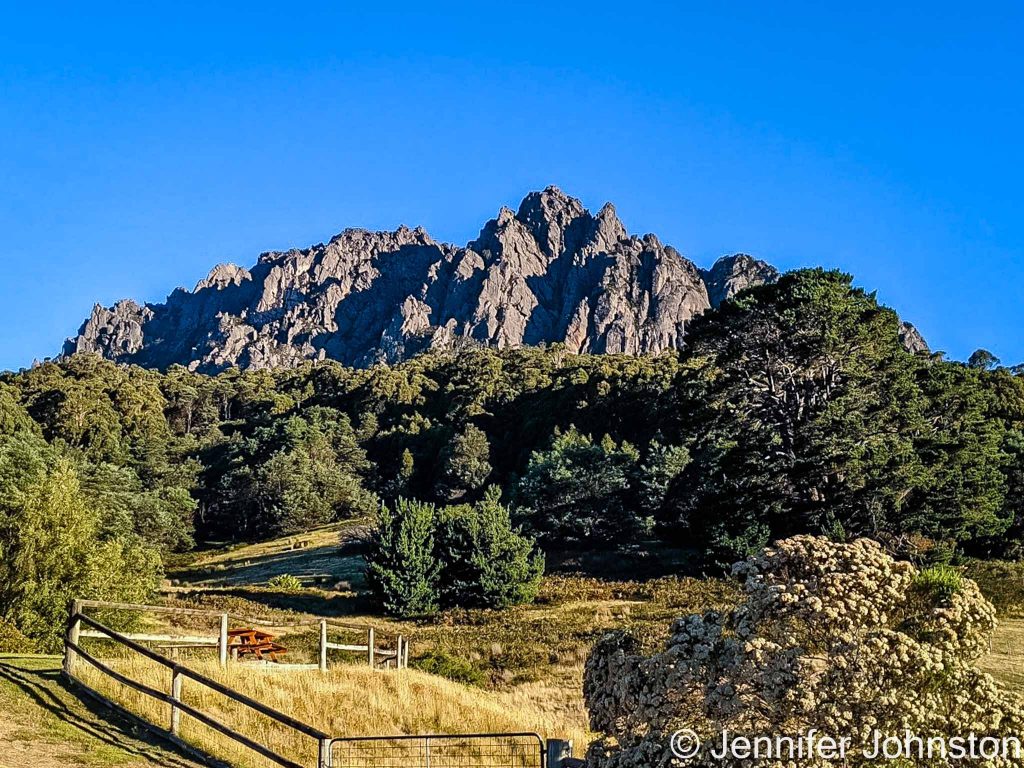
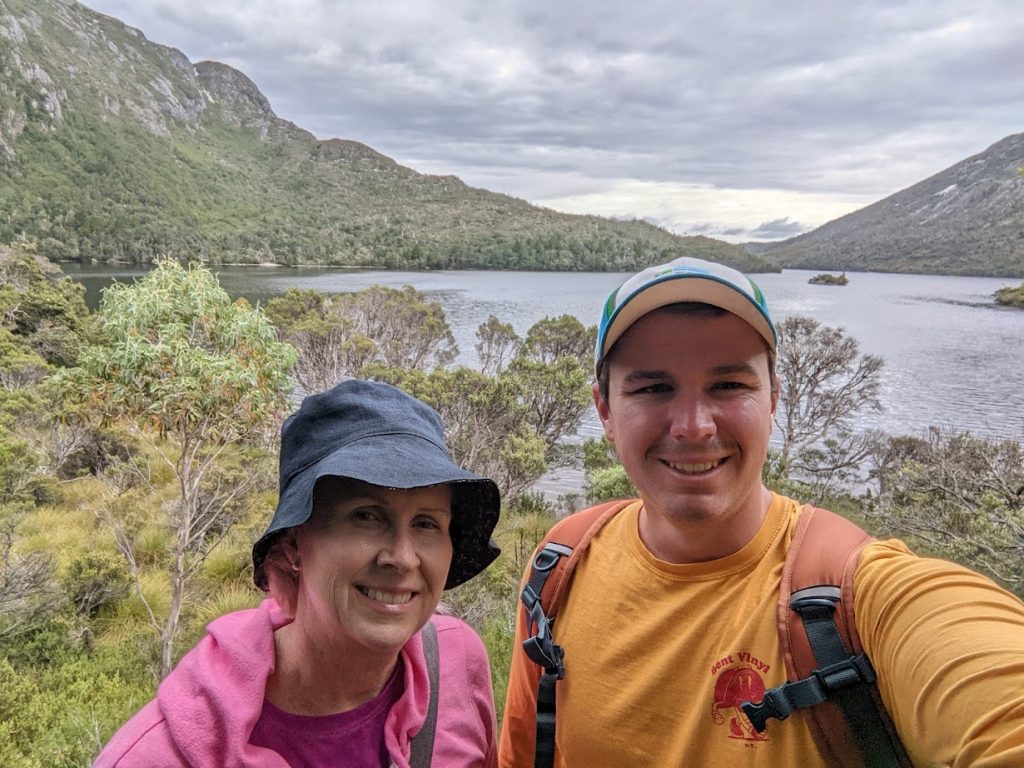
For a comprehensive account and beautifully written book about the lives of Kate and Gustav Weindorfer, please read Australian author Kate Legge’s Kindred, A Cradle Mountain Love Story.
Lovely account of their story Jen. You may also like the book Kate Weindorfer The Woman Behind the Man and the Mountain by Sally Schnackenberg, from which which Kindred was inspired.
Thank you Briar. And I’ve noted down that book, I’d definitely like to read it!